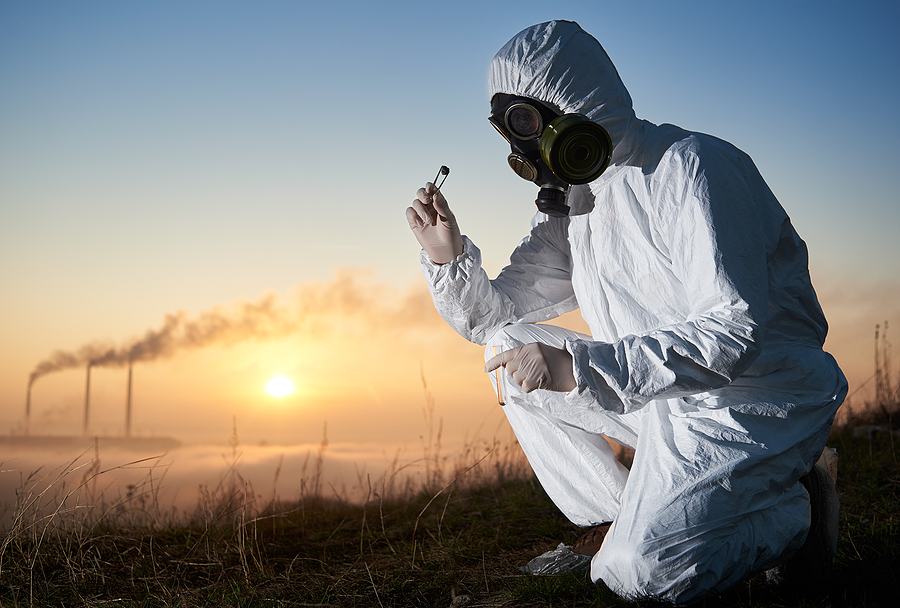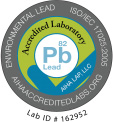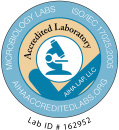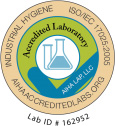
The microbiologic sampling of contaminants in resources requires a variety of sampling methods, as well as analytical methods that are based on the substance and contaminant in question. Soil, air, water, metals, surfaces, along with other materials must be sampled according to a pre-given set of instructions and conditions, stipulated by the EPA. The Environmental Protection Agency’s information is based on the most recent studies and scientific methods available, and all licensed labs, such as San Air Technologies Laboratory, must adhere to directions from this agency.
However, testing is less complicated than it sounds. Our laboratory is completed with the state-of-the-art equipment necessary for analysis, but the sampling must be done by you. When you call the laboratory, experts will explain the procedures for you in understandable steps, and you will have the opportunity to ask questions specific to the material and (potential) contaminant. Your materials will arrive with a set of instructions, just in case. This process is fairly simple, it just requires attention to detail and some precautions must be taken to avoid contaminating the sample. Below we discuss specific sampling methods for soil, air, water, and other surfaces.
Sampling Methods for Soil and Ground Contaminants
Soil and ground contaminants are usually tested for on construction sites, before construction begins, and repeatedly on farms to make sure that harmful man-made materials will not affect crop production, or get into the runoff, or make its way into water pipes. The most common contaminants in soil are lead, arsenic, and cadmium, which are all metals, or semimetals. In urban areas, pesticides, petroleum, radon, lead, chromated copper, and creosote are commonly found as well. These are a by-product of human activity, mostly leftover from an era where science was not able to grasp the full harm these materials could do.
The procedure for testing soil for contaminants includes a few options. You will receive tubes and labels for this process. To get good soil samples, you must be prepared for some digging. Use a spade or shovel to get a little deeper than the ground level of soil. You’ll want to mix it around before pouring some into the tube, closing it, and labeling it. This will ensure you’re getting particles from the area. You may have to collect multiple samples if you see differences in soil color around the property or simply to see how far contaminants are spread.
Air Sampling Methods
Air is usually tested for both biological and chemical hazards. Chemical hazards are rarer, but do happen. This includes volatile organic compounds (VOCs) like formaldehyde, radon, and lead. Biological findings are more common: mold, pollen, dust mites, dander, and bacteria. It is best to take multiple samples in various areas of the property, depending on the area in question. It usually takes 5-10 days for bacteria cultures to provide true results.
Water Sampling Protocol
Testing water supplies is one of the most common reasons to contact a laboratory. Water can affect human health quickly – just look at any city or place that has found lead in their pipes. Water is usually tested for lead, arsenic, mercury, radium, legionella, and pesticides. The necessary media for water sampling will be sent to you, along with instructions on where to sample the water. You may have to test it from several taps, pipes, or areas depending on the property.
Sampling for contaminants is a process that requires personalization, as every test area is different and has its own needs. To speak to an expert and have the necessary supplies sent to you, call San Air Technologies Laboratory at 804-897-0070.












